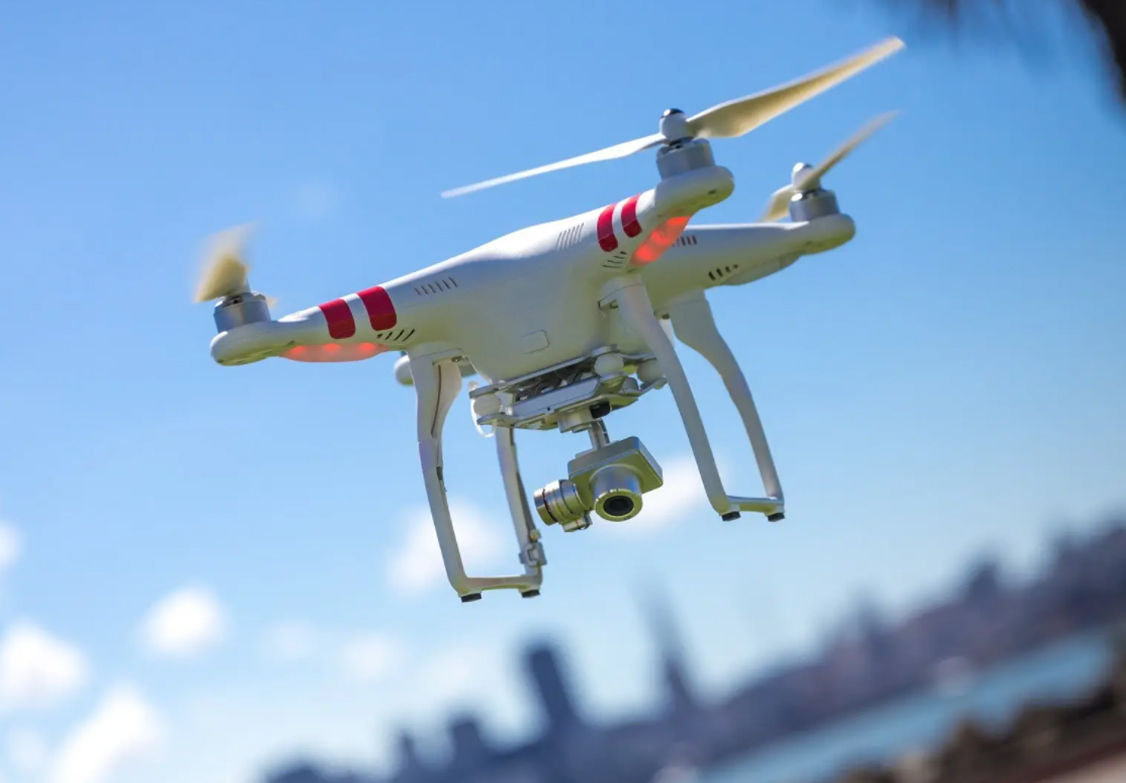Discover the art of capturing breathtaking aerial views using flying drones equipped with cameras. These remarkable devices have transformed photography, offering perspectives once imaginable only from helicopters or airplanes. Drone technology has advanced rapidly, making it accessible for hobbyists and professionals alike. In this guide, we will cover essential tips to optimize your flying drone with camera for stunning images, ensuring you achieve the ultimate aerial shot that leaves viewers in awe.
Choosing the Right Drone
When selecting a flying drone with a camera, consider factors such as resolution, range, battery life, and stability. High-resolution cameras are crucial for capturing detailed images, while features like gimbal stabilization help prevent motion blur. Drones like the DJI Phantom series or the Mavic Air offer robust features ideal for photography enthusiasts.
Mastering Drone Control
Proper control is essential for capturing the perfect shot. Beginners should practice in open areas, slowly gaining confidence in handling their flying drone with camera. Use flight simulations and tutorials available online to sharpen your skills. Enjoy automated flight modes, like ‘Follow Me’ or ‘Orbit,’ to simplify complex maneuvers and focus on photography.
Planning Your Shots
Enhancing Image Quality
A post-processing technique is vital for transforming raw captures into works of art. Software such as Adobe Lightroom or Photoshop can enhance colors, contrast, and clarity of images taken by your drone’s camera. Learn basic editing skills to tweak your photos and ensure they’re as mesmerizing as the moment you captured them.
Safety and Legal Considerations
Flying drones come with the responsibility of adhering to laws and regulations. Register your drone, understand no-fly zones, and respect privacy to ensure a legal and courteous operation. Safety measures are paramount; keep a safe distance from people, animals, and structures to avoid accidents.
FAQs
Q: What camera resolution is best for drones?
A high-resolution camera, at least 1080p or higher, is recommended for sharp and detailed images.
Q: Are there restrictions on flying drones?
Yes, various regions have specific regulations and no-fly zones. Always check local laws before flying.
Q: How do I improve my drone photography skills?
Practice regularly, experiment with different angles, and study photography techniques to enhance your skill set.